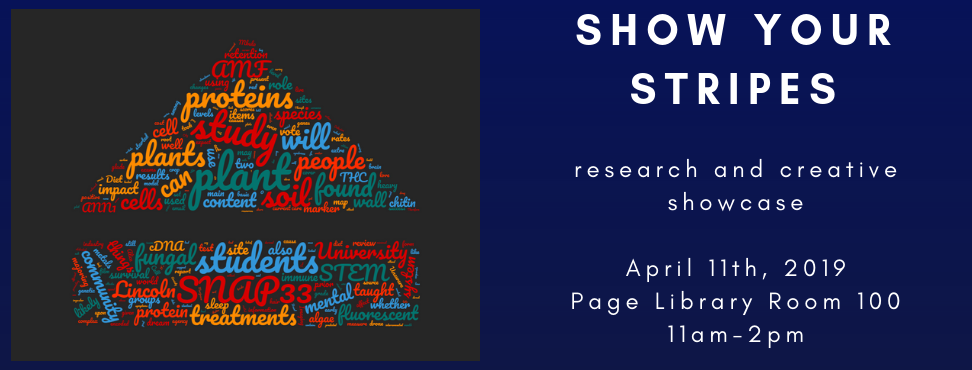Event Title
The Role Of SNAP33 In Chitin-Triggered Immune Responses
Location
Inman E. Page Library, Room 319
Start Date
4-11-2019 1:30 PM
End Date
4-11-2019 2:00 PM
Description
When plants are attacked by pathogenic fungi, plants defend themselves by "chewing" the fungal cell wall. Chitin, a main component of the fungal cell wall, is released and recognized by the chitin receptor complex (comprised by receptor proteins CERK1 and LYK5) in plant cells. This recognition leads to activation of the innate immune response in the whole plant. This study is investigating the role of SNAP33 in chitin-triggered immune responses. SNAP33 (soluble N-ethylmaleimide-sensitive factor adaptor protein 33) is an Arabidopsis homolog of the neuronal t-SNARE SNAP-25 involved in exocytosis. SNAP33 expression is increased upon chitin treatment in Arabidopsis but no change in expression is found in the cerk1 mutant plants, indicating that chitin-induced SNAP33 expression is CERK1-dependant. snap33 mutant plants exhibited altered response to chitin-triggered MAP kinase phosphorylation and showed enhanced resistance to the necrotrophic fungus Alternaria brassisicola. Transient expression of SNAP33-GFP fusion protein in tobacco epidermal cells indicated that SNAP33 is localized at the PM. We are currently testing the hypothesis that SNAP33 might play a role in early recognition of chitin through association with the chitin receptor CERK1 using BiFC studies.
The Role Of SNAP33 In Chitin-Triggered Immune Responses
Inman E. Page Library, Room 319
When plants are attacked by pathogenic fungi, plants defend themselves by "chewing" the fungal cell wall. Chitin, a main component of the fungal cell wall, is released and recognized by the chitin receptor complex (comprised by receptor proteins CERK1 and LYK5) in plant cells. This recognition leads to activation of the innate immune response in the whole plant. This study is investigating the role of SNAP33 in chitin-triggered immune responses. SNAP33 (soluble N-ethylmaleimide-sensitive factor adaptor protein 33) is an Arabidopsis homolog of the neuronal t-SNARE SNAP-25 involved in exocytosis. SNAP33 expression is increased upon chitin treatment in Arabidopsis but no change in expression is found in the cerk1 mutant plants, indicating that chitin-induced SNAP33 expression is CERK1-dependant. snap33 mutant plants exhibited altered response to chitin-triggered MAP kinase phosphorylation and showed enhanced resistance to the necrotrophic fungus Alternaria brassisicola. Transient expression of SNAP33-GFP fusion protein in tobacco epidermal cells indicated that SNAP33 is localized at the PM. We are currently testing the hypothesis that SNAP33 might play a role in early recognition of chitin through association with the chitin receptor CERK1 using BiFC studies.



